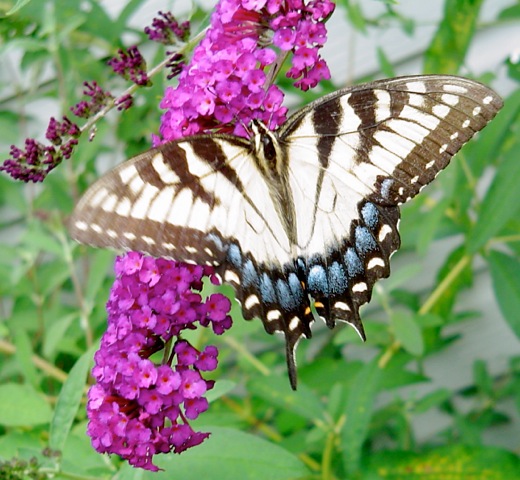Finding ease in the midst of pain

Pain is a natural part of being human. Physical or emotional, it is a given in our lives. According to an ancient teaching, we are all of the nature to get sick and feel pain. The important question is, how can we respond most wisely when this occurs? Do we let pain control us, or are there ways to be more at ease, even in the midst of pain?
Christiane Wolf wrote, “Using mindfulness to deal with pain helps us to shift the locus of control from the outside (“this is happening to me and there is nothing I can do about it”) to the inside (“this is happening to me but I can choose how I relate to it”).”
When pain arises, we can create a different relationship with it to lessen its grip. It feels counter-intuitive to “lean into the pain” when all we want is for it to go away, and right now! Yet, the author Susan Bauer-Wu reminds us, “If you step back and curiously observe what your body is feeling, you realize that pain is not just one big overwhelming thing, but rather a constellation of many subtle bodily sensations, such as dullness, sharpness, aching, or throbbing, that likely change from moment to moment.”

When we notice with kind attention how sensations change, fluctuate, ebb and flow, it feels as if the pain has less power. Through practicing mindful awareness, we can become skilled at dealing with moment to moment sensations of pain.
I learned this firsthand as I gave birth to my two sons in silence, following my breath. Yes, the pain was there, but not the suffering. I was fascinated by the changing sensations of each contraction – noticing the pulsing, tightening, tension, firmness, undulation and release.
Shinzen Young’s helpful equation, which I learned many years later, helped me to understand more about this. He taught that Suffering = Pain x Resistance. This teaching reminds us that resistance to pain only increases our discomfort.
Kristin Neff’s self-compassion practices are also invaluable in working with pain. Moving to a stance of bringing kindness rather than dwelling in tension, frustration and resistance can produce a meaningful shift in our experience. We are not changing the pain. We are simply changing our relationship to it. Here are the practical steps we can take:
- Acknowledge the pain: I’m hurting right now. It’s what is happening. Wanting it to go away isn’t going to change it. I can choose how I respond to this pain.
- Remember that you are not alone: There are lots of other people who experience this pain. This is what it’s like for me to have back/shoulder/knee pain. May we all have greater ease.
- Offer radical self-compassion to yourself: This pain is difficult, and I deserve kindness. May I be kind to myself. May I give myself the time I need. May my kindness to myself remain strong.
When we stay with the sensations of pain with acknowledgment and kindness, and without the stories we may want to attach to it, our bodies can become less tense and our minds can be more at ease.
For further reading and exploration, check out this and other articles on pain at Mindful.org, and the book, The Mindfulness Solution to Pain: Step-by-Step Techniques for Chronic Pain Management by Jackie Gardner-Nix.
To what one breath can do,
“As long as you are breathing,
there is more right with you than there is wrong, no matter
how ill or how hopeless you may feel.”
~ Jon Kabat Zinn
